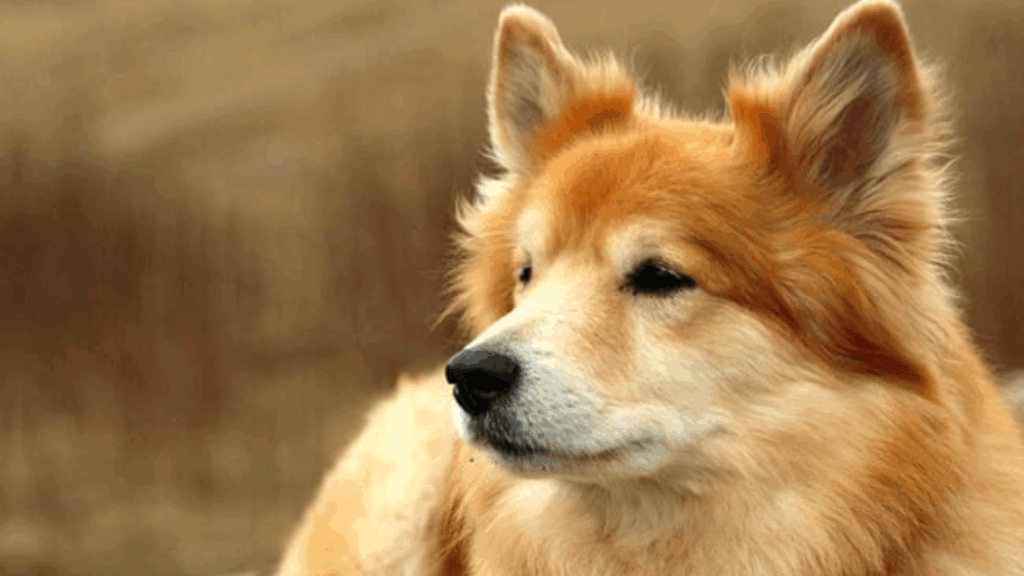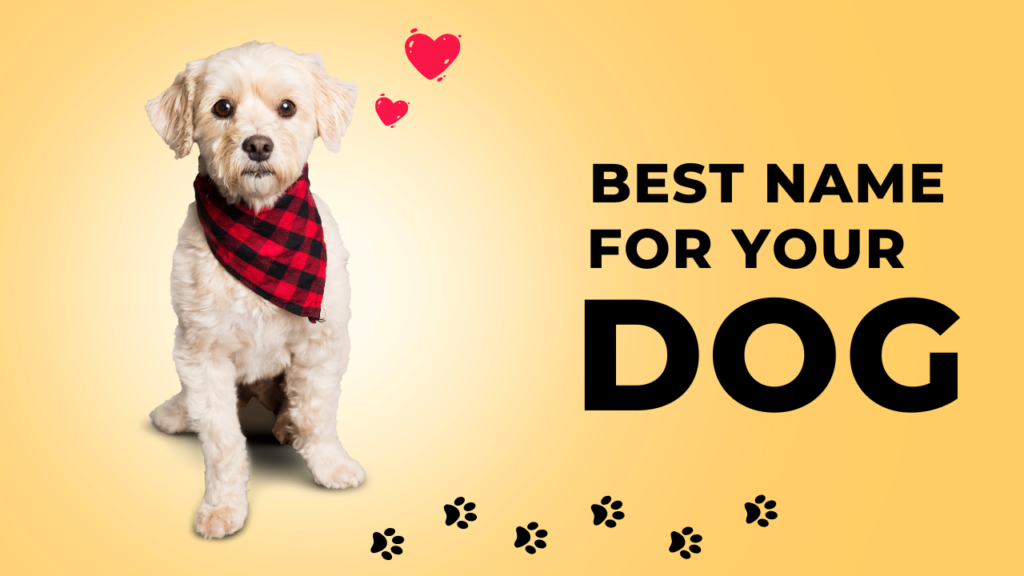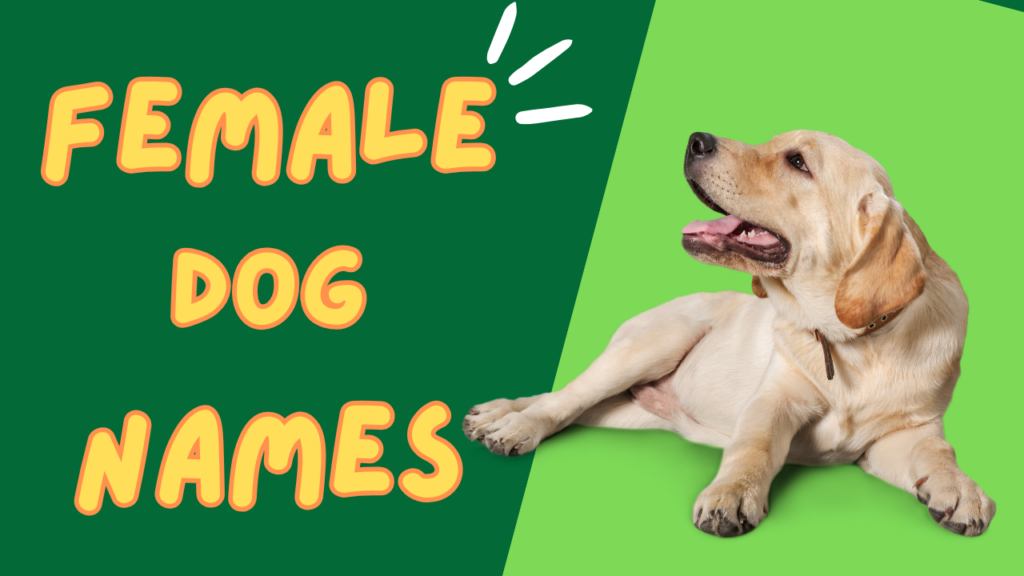The Icelandic Sheepdog, often affectionately referred to as the “Icie,” is a rare and ancient breed that hails from the remote and rugged landscapes of Iceland. Brought to the island by early Viking settlers over 1,000 years ago, this hardy and cheerful dog has long been treasured as both a herding companion and a beloved member of the household. Known for its boundless energy, fox-like face, and friendly disposition, the Icelandic Sheepdog is a symbol of Iceland’s canine heritage and resilience.
Origins Rooted in Viking History
The Icelandic Sheepdog is one of the oldest and purest dog breeds in the world, tracing its ancestry back to the 9th century when Norse settlers brought spitz-type herding dogs to Iceland. These dogs quickly adapted to the island’s harsh climate and rough terrain, playing a vital role in managing livestock such as sheep, horses, and cattle.
Due to Iceland’s geographic isolation and strict import regulations, the breed remained largely untouched by external influences for centuries. However, in the late 19th and early 20th centuries, diseases and declining numbers put the breed at risk of extinction. A dedicated group of breeders, supported by Icelandic institutions, took action to preserve and restore the breed. Thanks to their efforts, the Icelandic Sheepdog has seen a revival and gained recognition by major kennel clubs, including the FCI and AKC (as part of the herding group).
Distinctive Appearance
The Icelandic Sheepdog has a quintessential Nordic look. A member of the spitz family, it displays the typical upright ears, curled tail, and fluffy coat associated with northern breeds.
Key features include:
- Size: Small to medium, standing about 16.5–18 inches (42–46 cm) tall
- Weight: 20–30 pounds (9–14 kg)
- Coat: Thick double coat, either long or short, offering protection from cold weather
- Color: Comes in various shades including fawn, chocolate, black, gray, and gold, usually with white markings
- Tail: Plumed and curled over the back
Despite its relatively compact size, the Icelandic Sheepdog is built for endurance and agility—essential traits for its historic role as a herder in the challenging Icelandic terrain.
A Personality Full of Joy
One of the most defining traits of the Icelandic Sheepdog is its delightful personality. These dogs are naturally cheerful, friendly, and deeply attached to their human companions. They are known for being incredibly social, making them wonderful family pets.
Temperament highlights:
- Friendly and outgoing: They love meeting new people and other animals.
- Alert and vocal: Excellent watchdogs, they often bark to alert their families of any unusual activity.
- Eager to please: Quick learners that respond well to training.
- Energetic and playful: They require mental and physical stimulation to thrive.
Icelandic Sheepdogs are especially good with children and other dogs. Their sociability and affectionate nature make them ideal companions for active families or individuals looking for a loyal and happy-go-lucky pet.
Exercise and Training
Being a herding breed, the Icelandic Sheepdog needs daily physical activity and mental engagement. While they may not require the intense workouts of some working breeds, they do best with a mix of exercise and stimulation.
Activities to consider:
- Long walks, hiking, or jogging
- Herding exercises or agility training
- Fetch games and interactive toys
- Basic obedience and trick training
They are intelligent and eager to learn but may have a slightly independent streak. Positive reinforcement techniques and consistency work best, and early socialization helps prevent excessive barking or shyness.
Grooming and Health
The Icelandic Sheepdog’s thick coat is relatively low maintenance but does shed—particularly during seasonal changes.
Grooming tips:
- Brush once or twice a week (more during shedding season)
- Occasional bathing to keep coat clean
- Regular nail trimming, ear cleaning, and dental care
In terms of health, the breed is generally robust, a testament to its centuries of survival in Iceland’s harsh climate. However, like all breeds, it may be prone to some genetic conditions such as hip dysplasia, patellar luxation, and eye disorders. Responsible breeders screen for these issues, and with proper care, Icelandic Sheepdogs can live up to 12–15 years.
Ideal Living Environment
While adaptable, the Icelandic Sheepdog thrives in homes where it receives ample attention and activity. A house with a secure yard is ideal, but they can adapt to apartment living if their exercise needs are met. They do not do well in isolation—this breed craves human companionship and may develop separation anxiety if left alone for long periods.
A Breed with Heart and History
The Icelandic Sheepdog is more than just a pretty face—it’s a breed with centuries of history, full of spirit, charm, and unwavering loyalty. Whether herding sheep across rugged fields or curling up beside you on the couch, this dog brings warmth, joy, and vitality to every household it joins.
For those seeking an intelligent, sociable, and hardy dog with a unique heritage, the Icelandic Sheepdog (Imp) is truly a hidden gem of the canine world.

Andy Parker is a dog lover, writer, and senior editor at BarkPicks. With years of experience covering canine health, training, and gear, he helps pet parents make smarter choices for happier, healthier dogs. Andy shares his home (and heart) with two rescue pups, Charlie and Mia.



